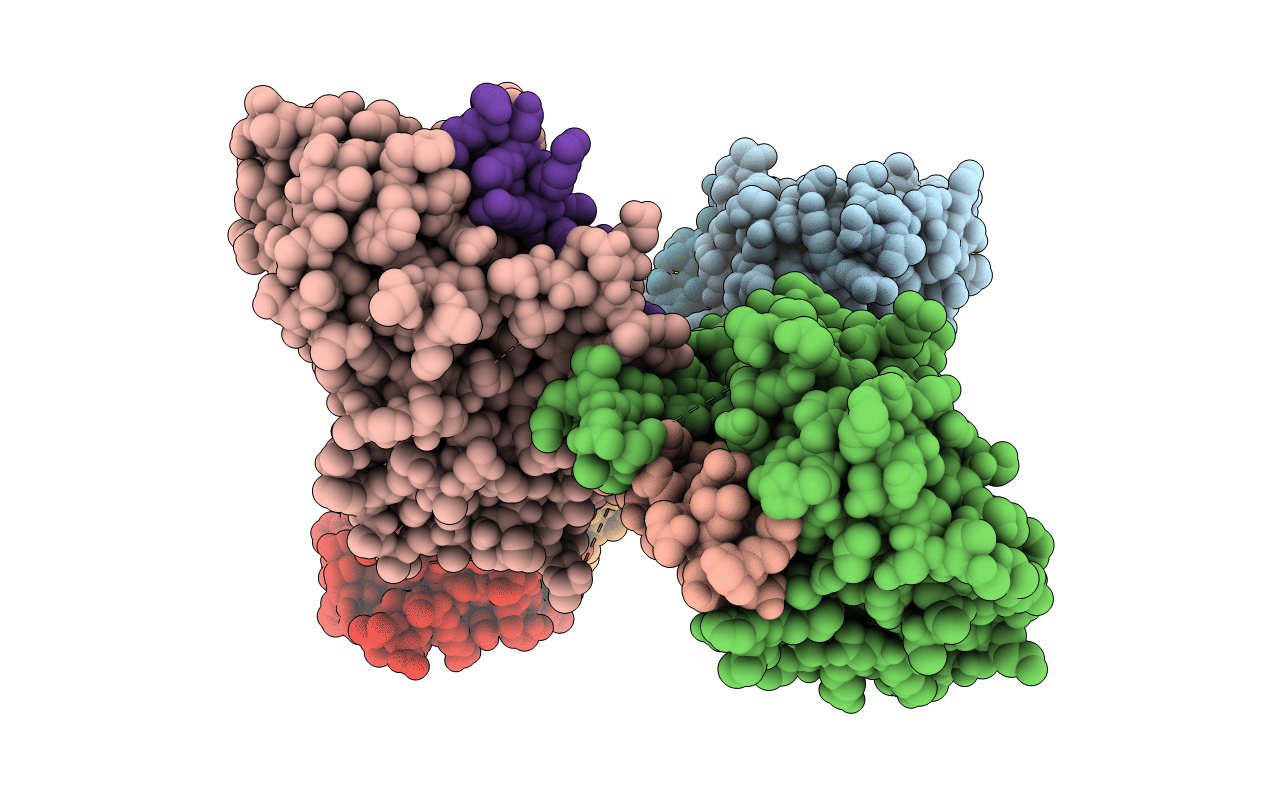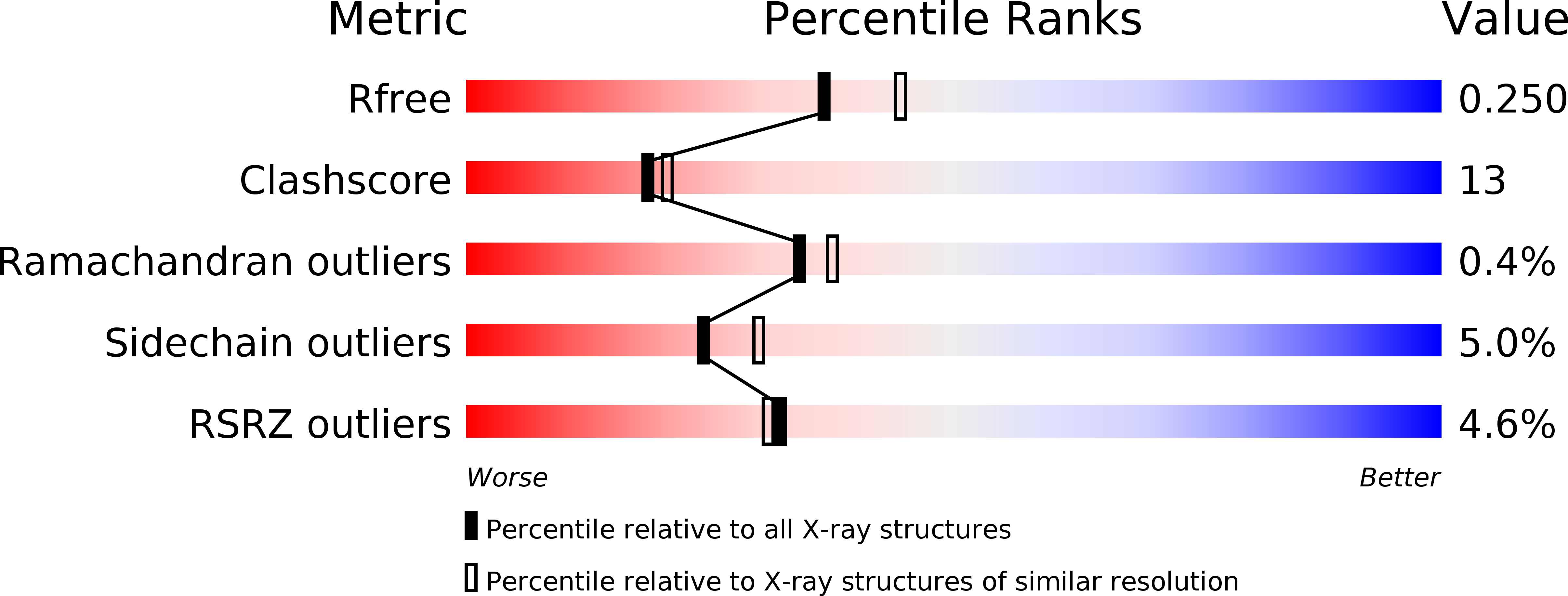
Deposition Date
2006-09-15
Release Date
2006-12-26
Last Version Date
2024-03-13
Entry Detail
PDB ID:
2DYM
Keywords:
Title:
The crystal structure of Saccharomyces cerevisiae Atg5- Atg16(1-46) complex
Biological Source:
Source Organism:
Saccharomyces cerevisiae (Taxon ID: 4932)
Host Organism:
Method Details:
Experimental Method:
Resolution:
2.20 Å
R-Value Free:
0.25
R-Value Work:
0.21
R-Value Observed:
0.21
Space Group:
P 1 21 1


